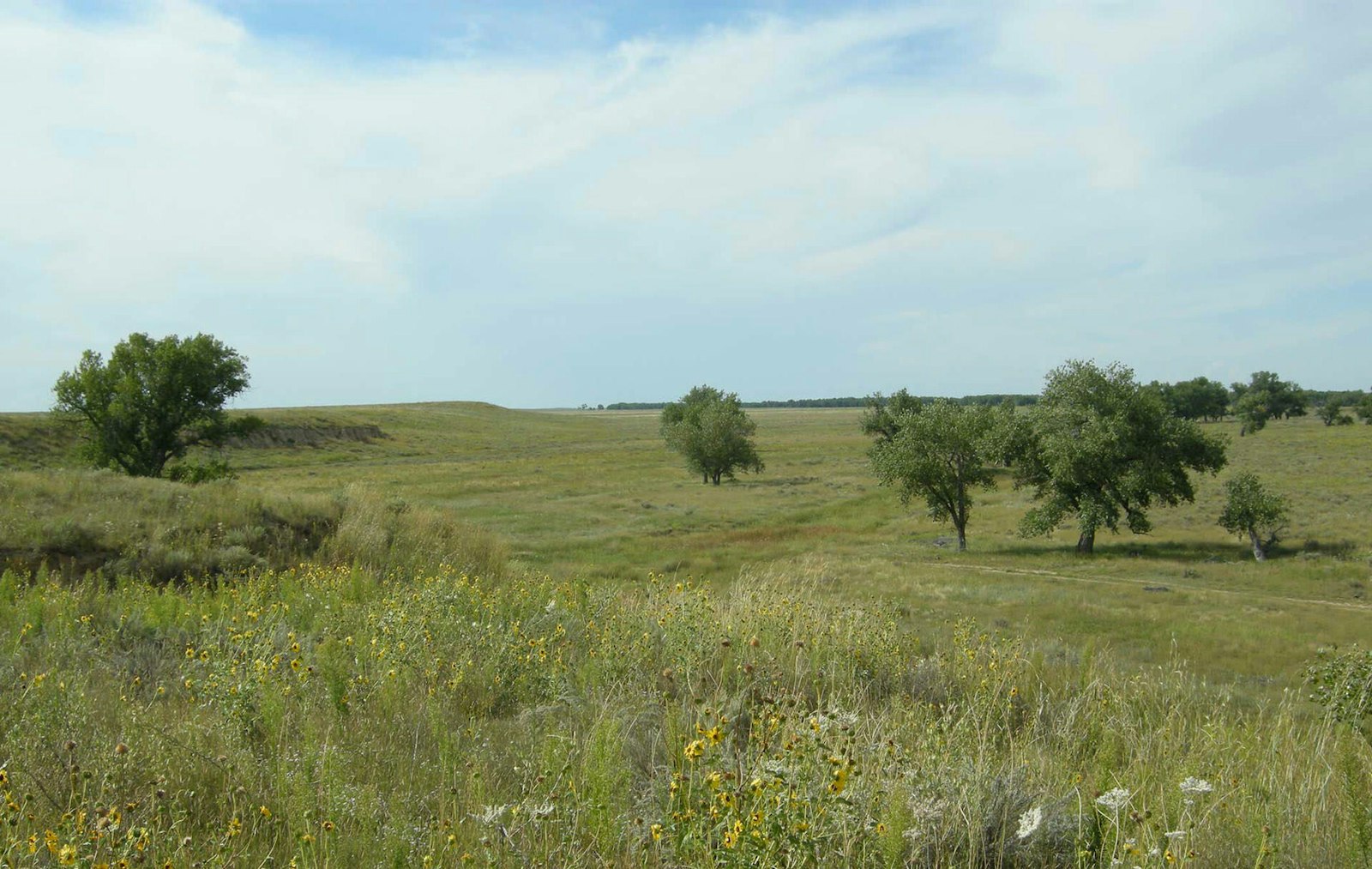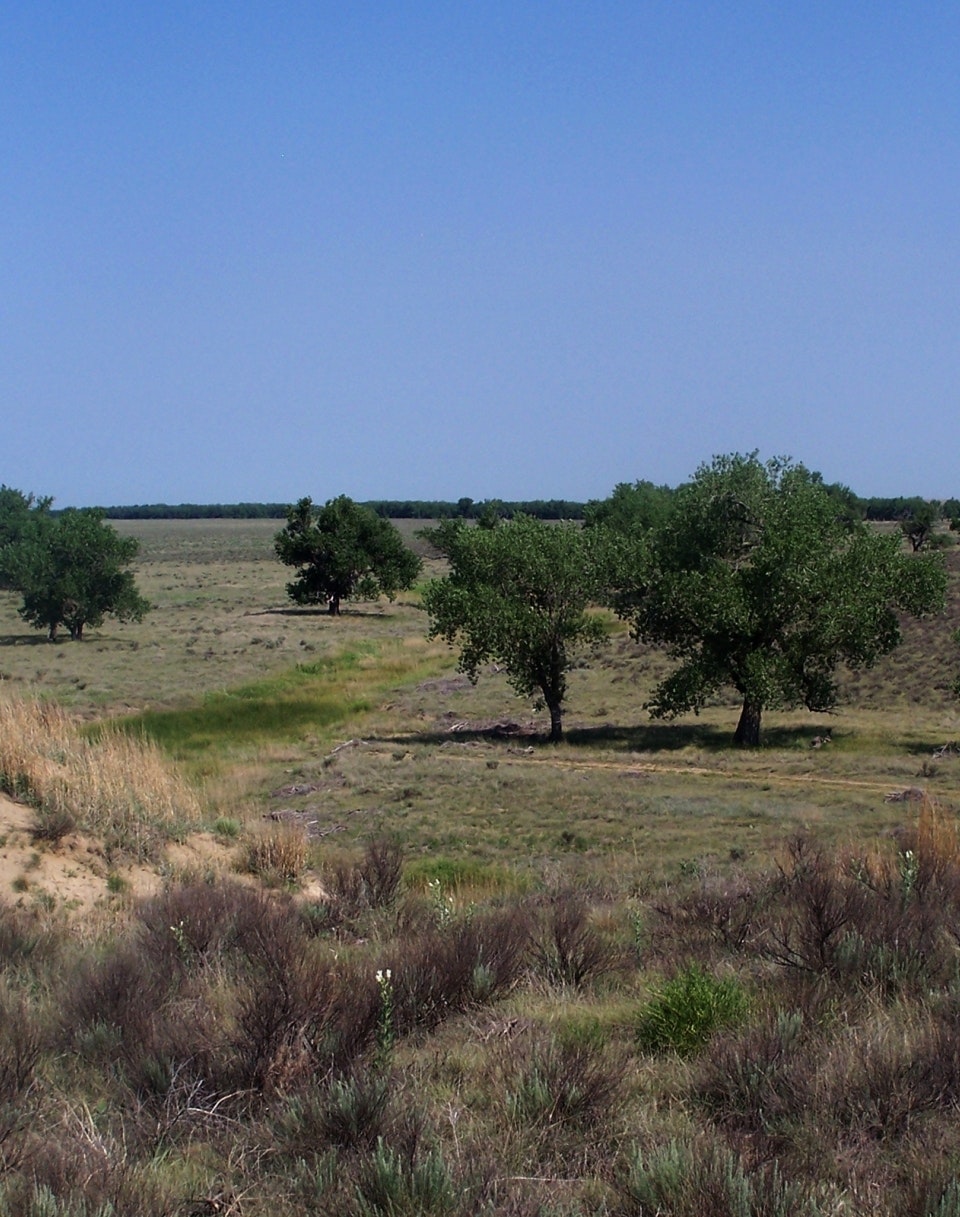
Sand Creek Massacre National Historic Site

Our first teacher is our own heart.
Sand Creek Massacre National Historic Site remembers the Cheyenne and Arapaho Native Americans involved in the Sand Creek Massacre.
On November 29, 1864, Colonel John M. Chivington led 675 U.S. volunteer soldiers to a village of about 500 Cheyenne and Arapaho people camped along the banks of Big Sandy Creek in southeastern Colorado. Although the Cheyenne and Arapaho, under Chiefs Black Kettle, White Antelope, and Left Hand, believed they were under the protection of the U.S. Army, Chivington's troops attacked and killed about 230 people, composed mostly of women, children, and the elderly.
Sand Creek gave rise to a new generation of federal policies, new treaties at the Little Arkansas and Medicine Lodge, and the next generation of fighters and fights: Beecher Island, Washita, Summit Springs, Palo Duro Canyon, Sappa Creek, and the Little Bighorn. Sand Creek is among our nation's most profound historic places. The event remains a powerful, and to some, sacred symbol of sacrifice and struggle.
Each November, an annual Sand Creek Spiritual Healing Run/Walk commemorates those killed in the Sand Creek Massacre, providing healing for all people, regardless of ethnicity, race, or religion. The 173-mile run, started by Lee Lone Bear, a Northern Cheyenne descendant of massacre survivors, represents the route used by the soldiers returning to Denver after the massacre.
Park Updates
-
UpdateNPF and Subaru Build on a Decade of Partnering to Support National Parks
-
Update3,400+ Acres Acquired to Further Preservation of Sand Creek Massacre National Historic Site
-
UpdateInaugural Cohort of Inclusive Storytelling Grantees Announced